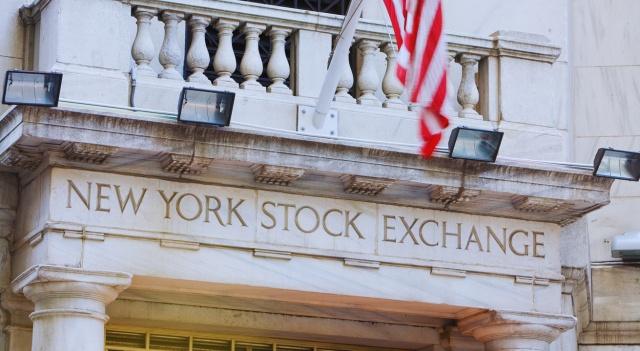U.S. stock futures showed modest upward movement on Thursday as traders prepared for the release of June’s critical nonfarm payroll report. At the same time, market participants weighed the implications of the newly announced trade agreement between the United States and Vietnam. The White House continues its push to secure bilateral trade deals ahead of the impending expiration of postponed reciprocal tariffs. Meanwhile, in Washington, Republican leaders in the House are rushing to finalize President Donald Trump’s landmark tax and spending legislation before the self-imposed July 4 deadline.
Futures Tick Higher Ahead of Holiday Break
By early Thursday, Dow Jones futures rose about 39 points (0.1%), S&P 500 futures increased by 6 points (0.1%), and Nasdaq 100 futures added 33 points (0.1%). This session marks the last trading day before the U.S. markets close for Independence Day celebrations.
Wall Street’s key indexes mostly posted gains on Wednesday. The S&P 500 and Nasdaq Composite reached new record highs, while the Dow remained flat but hovered near its all-time peak. Investor optimism was bolstered by President Trump’s announcement of a trade deal with Vietnam, an important source for products such as footwear and athletic apparel. Technology stocks including Nvidia and Apple also saw positive price movement.
Despite initial negative market reaction to an unexpected dip in private payroll figures earlier this week, many investors interpreted the data as increasing the likelihood of an aggressive Federal Reserve interest rate cut in the near term.
Focus on the Official June Jobs Report
Attention now turns to Thursday’s official employment numbers from the Bureau of Labor Statistics. Economists predict the U.S. economy added roughly 111,000 jobs in June, down from 139,000 in May, with the unemployment rate expected to tick slightly higher to 4.3%.
The ADP private payroll report released Wednesday hinted at cautious hiring amid tariff-related uncertainty, as workers showed less willingness to switch jobs. However, ADP data does not always align precisely with government statistics.
Federal Reserve policymakers, whose dual mandate includes maximizing employment, will be closely monitoring these labor trends amid concerns about the broader economic impact of tariffs. Fed Chair Jerome Powell, under increasing pressure from President Trump to lower rates quickly, has indicated a cautious, data-driven approach with possible rate cuts slated for later this year.
Trump Announces Trade Deal with Vietnam
Stocks erased earlier losses on Wednesday following President Trump’s announcement of a trade deal with Vietnam that sets a 20% tariff on imports from the Southeast Asian country. Analysts noted this tariff rate is more moderate than the higher reciprocal tariffs Trump had initially proposed in April.
Companies like Nike, which source products from Vietnam, saw their shares rise after the news. The agreement also includes a 40% tariff on “transshipment,” a practice where goods from China are rerouted through Vietnam to dodge U.S. tariffs. The White House views this pact as progress toward curbing such evasive tactics.
While still preliminary and less extensive than typical trade agreements, the deal signals momentum in the Trump administration’s efforts to secure new trade arrangements before the planned reinstatement of reciprocal tariffs later this month. Similar trade pauses have been struck with China and the U.K., and talks with India may follow.
U.S. Eases Export Restrictions on Chip Technology to China
In related developments, the U.S. Commerce Department has lifted export controls on chip design software destined for China, according to statements from companies such as Synopsys and Cadence Design Systems. Shares of both companies jumped following the announcement.
Synopsys confirmed the removal of export limits imposed in late May and said it is working to resume product availability in China.
House Republicans Race to Pass Trump’s Budget Bill
Back in Washington, Republican leaders in the House are pushing to secure enough votes to pass an expansive tax and spending bill championed by President Trump. The legislation seeks to extend and expand the 2017 tax cuts while boosting funding for defense and border security.
However, some conservatives have voiced concerns that the bill could worsen the national debt and criticized its proposed cuts to Medicaid. With slim Republican majorities and unified Democratic opposition, the margin is tight, making the July 4 deadline a critical pressure point for negotiations.
